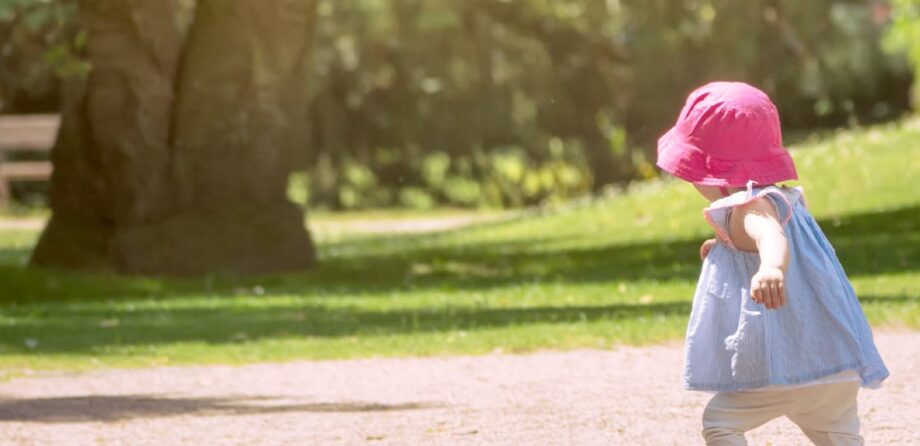
Sun safety for children in early years
Sunlight is important for the body to receive vitamin D. We need vitamin D to help the body absorb calcium and phosphate from our diet.
These minerals are important for healthy bones, teeth and muscles. Young children’s skin is more sensitive than adults and severe sunburn in childhood can lead to the development of malignant melanoma (the most dangerous type of skin cancer) in later life.
Therefore, it is important that you take steps to provide sun safety measures to protect all babies and children when enjoying activities in the sunny weather.
- Ensure children wear a sun hat at all times whilst outside in sunny weather. The hat should preferably be of legionnaires design (i.e. with an extended back and side to shield children’s neck and ears from the sun) to provide additional protection
- Keep babies out of direct sunlight – their skin is too thin and sensitive before the age of six months to be exposed to direct sunlight, so keep them in the shade. Don’t sit babies directly on the ground in case this is too hot
- Work with parents to ensure an appropriate sun cream is provided, label individual sun cream bottles. Do regular checks to monitor levels and expiry dates
- Ensure all children wear/apply sun cream before playing outdoors in the sun
- Create a ‘sun station’ with children’s sun cream so parents can add sun cream on arrival, if they haven’t put it on at home. Older children can use the sun station to top up their sun cream during the day
- Provide shade in your outdoor spaces, using old sheets pinned to walls or fences
- Provide lots of cool drinking water for children to access. Monitor drinking levels and remind busy children to drink more frequently
- Encourage parents to supply light-weight cotton clothing for their children suitable for the sun, with long sleeves and long legs
- Avoid taking children out in the direct sunlight between 11.00am and 3.00pm from March to September, as advised by the NHS in their ‘Sunscreen and Sun Safety’ information
- Pushchairs, toys and resources outside can get very hot in the sun, so keep them in the shade and, where possible, do regular checks that equipment isn’t too hot for children to use. Hot metal slides are particularly likely to cause burns
- Try to keep your nursery indoors as cool as possible, using ventilation, fans and drawing the curtains or blinds against the strong sun if possible
- Be aware of the signs of heat stroke. If any of your children are behaving differently to normal, become floppy or unusually tired, then cool them down with wet flannels, cold water, drinks and fans. If you have any concerns, contact a health professional.
NDNA members can download our Sun Care Policy template. Not yet an NDNA member? Become an NDNA member today.
Similar Articles
The UNCRC (Incorporation) (Scotland) Act 2024 – What does it mean for nurseries?
On 7 December 2023, the Scottish Parliament unanimously passed the United Nations Convention on the…
Read more 
Safe sleep in nurseries
Experts believe that good sleep habits can be learned so the early years is the…
Read more 
